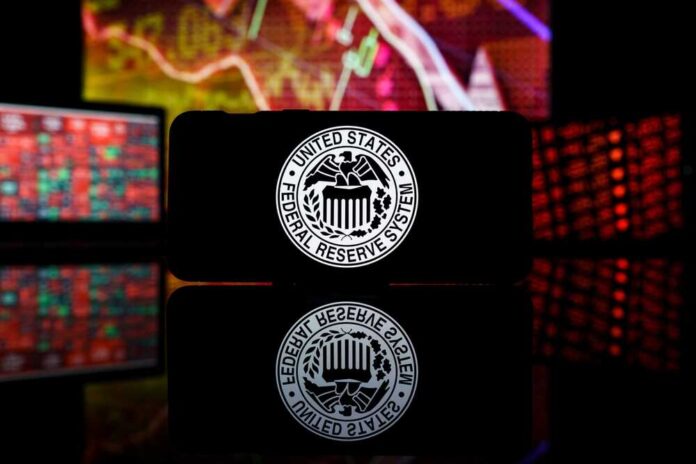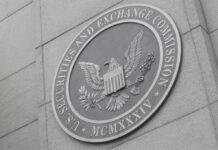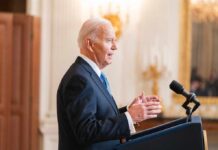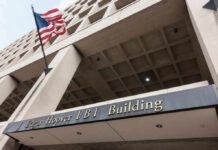
Economic data released this week paints a grim picture for the American consumer, again throwing the Federal Reserve into the hot seat. Inflation is not tamed yet, with recent spikes pushing it beyond what analysts expected. Despite the Fed’s ongoing attempts, the stubborn beast of inflation seems unrelenting.
Data released Friday morning shows the personal consumption expenditure (PCE) price index, the Fed’s preferred inflation measure, rose 0.4% in April, overshooting the forecast of a mild 0.3% increase. The same index had risen 0.1% just a month before. The year-over-year comparison tells a similar story. The PCE price index, in April, had climbed 4.4%, outpacing March’s 4.2% increase.
Today's PCE Inflation Report Summarized:
1. May PCE Inflation RISES to 4.7%, above expectations
2. May Core PCE Inflation RISES to 4.4%, above expectations
3. April PCE Inflation revised HIGHER, to 5.1%
4. April Core PCE Inflation revised HIGHER, to 4.7%
The worst part?…
— The Kobeissi Letter (@KobeissiLetter) May 26, 2023
Notably, core PCE prices, which exclude volatile categories like food and energy, climbed 0.4% in April, hinting at the persistent underlying inflationary pressures. Year over year, core PCE inflation marked a 4.7% rise, a significant jump from March’s 4.6%. For the past five months, core PCE prices have consistently floated between 4.6% and 4.7%. This stubborn resistance to the Fed’s hikes reflects that they’ve made scant headway in suppressing inflation.
While the Fed struggles to curb inflation, consumer spending is surging unexpectedly. In April, consumer spending jumped 0.8%, double what economists had forecast. This rise may sound like good economic news, but it hints at the complex dynamics. Increased consumer spending coupled with accelerating inflation could mean trouble for households and the economy as a whole.
Hotter: April PCE #inflation +4.4% year/year vs. +4.3% est. & +4.2% in prior month; core PCE +4.7% vs. +4.6% est. & +4.6% prior pic.twitter.com/AueM9An1eo
— Liz Ann Sonders (@LizAnnSonders) May 26, 2023
A robust labor market has been one of the critical drivers of consumer spending. However, this surge in consumer spending is twinned with growing price sensitivity among American households. Savings accumulated during the COVID-19 pandemic by lower-income families are dwindling, and social benefits are also tapering off. In addition, the higher interest rates, a response to escalating inflation, have made credit more expensive, putting additional financial strain on American households.
The ongoing situation raises some critical questions. For example, will the Fed consider another rate hike in June or pause to assess the impact of previous increases? Given the higher-than-expected PCE inflation figures, the scales tip toward another hike. However, the minutes of the Fed’s recent policy meeting showed that policymakers’ consensus on the necessity of further rate hikes “had become less certain.”
The persistent inflation underscores that the Fed’s strategy might need reevaluation. A series of ten interest rate hikes in the past year and a shrinking bond portfolio indicate an aggressive stance against inflation. Still, the economy’s resilience suggests that this approach might need to be hitting the right notes.
The current rising inflation and consumer spending, combined with a tightened credit environment, poses challenges for policymakers and American consumers. While policymakers are wrestling with the delicate balance of sustaining economic growth and controlling inflation, American families are caught in the middle, wrestling with their budgets. As a result, the Fed’s future decisions will inevitably bear significant consequences for the American economy and the well-being of households nationwide.



























